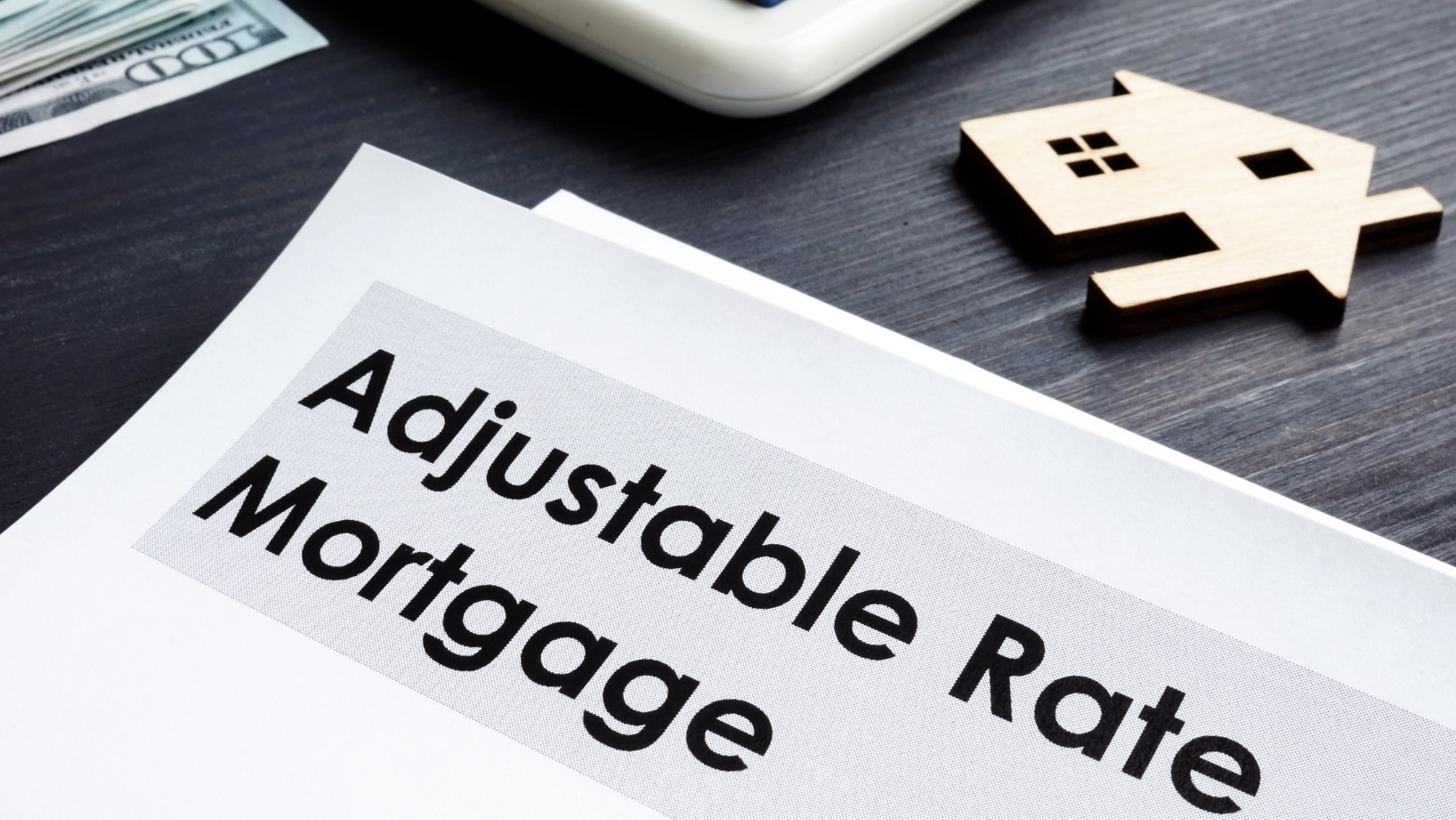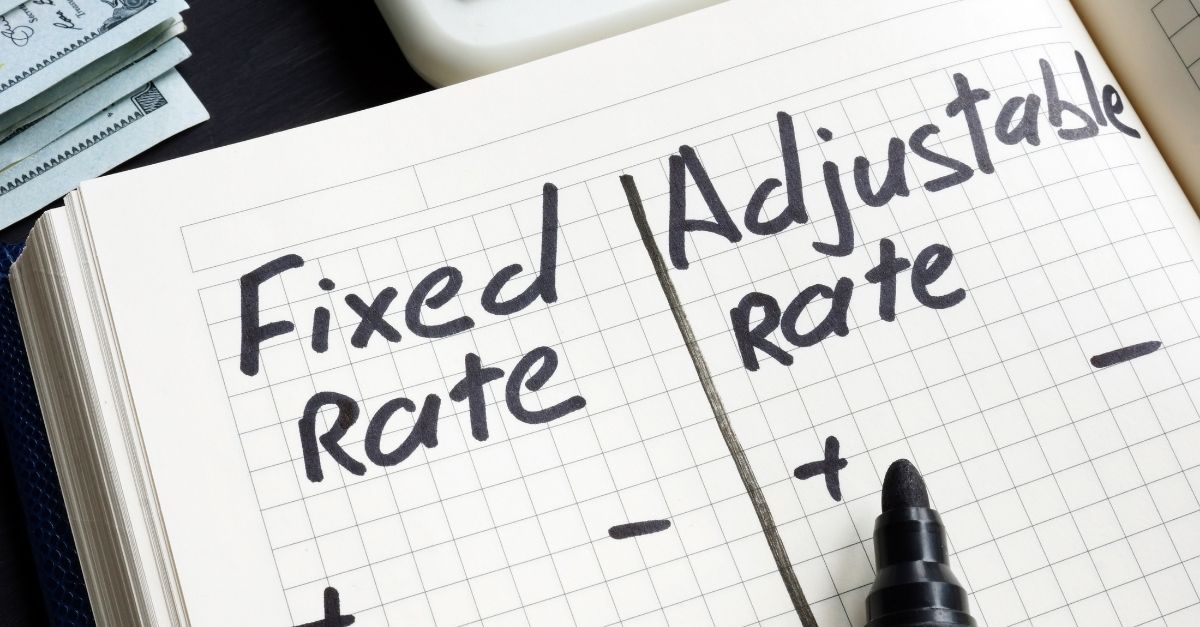Understanding Assumable Mortgage Loans
 Mortgage loans are an essential aspect of financing the purchase of a property. Among the various types of mortgages available, one option that may be advantageous for both buyers and sellers is an assumable mortgage loan.
Mortgage loans are an essential aspect of financing the purchase of a property. Among the various types of mortgages available, one option that may be advantageous for both buyers and sellers is an assumable mortgage loan.
An assumable mortgage loan is a type of home loan agreement that allows a homebuyer to assume the existing mortgage of the seller when purchasing a property. In other words, the buyer takes over the seller’s mortgage terms and conditions, including the interest rate, repayment schedule, and remaining balance.
Benefits of an Assumable Mortgage Loan:
Favorable Terms: Assumable mortgages often carry lower interest rates than current market rates. By assuming an existing mortgage, a buyer may secure more favorable terms compared to obtaining a new loan, potentially resulting in significant savings over the long term.
Reduced Closing Costs: Since an assumable mortgage involves taking over an existing loan, the buyer can avoid certain closing costs associated with originating a new mortgage, such as loan application fees, appraisal costs, and title insurance premiums.
Streamlined Approval Process: Assuming a mortgage can simplify the home buying process as the buyer bypasses the extensive underwriting process typically required for a new loan. This can save time and effort, especially if the buyer’s financial situation is not ideal for securing a traditional mortgage.
Considerations and Limitations:
Lender Approval: While assumable mortgages can offer advantages, it’s important to note that not all mortgages are assumable. The terms and conditions of the original mortgage agreement, as well as the lender’s policies, will dictate whether assumption is allowed. Obtaining approval from the lender is a crucial step in the process.
Qualifying Criteria: The buyer assuming the mortgage must still meet the lender’s qualifying criteria. The lender will assess the buyer’s creditworthiness, income stability, and other relevant factors to ensure they can meet the financial obligations associated with the mortgage.
Liability for the Seller: Although the buyer assumes the mortgage, the seller may still remain partially liable for the loan. Depending on the specific terms of the agreement, the seller may be held responsible if the buyer defaults on the loan, potentially impacting their creditworthiness.
The Assumption Process: Assuming a mortgage typically involves several steps:
Identify Assumable Mortgages: Buyers should inquire whether the seller’s mortgage is assumable and review the terms and conditions outlined in the original mortgage agreement.
Obtain Lender Approval: The buyer must apply with the lender to assume the mortgage. This involves submitting financial documentation, undergoing a credit check, and meeting the lender’s criteria.
Execute an Assumption Agreement: Once approved, the buyer, seller, and lender enter into an assumption agreement, detailing the terms and conditions of the transfer.
Closing and Transfer: The buyer assumes the mortgage during the closing process, which involves transferring ownership of the property and assuming responsibility for the mortgage payments.
It’s important to note that assuming a mortgage can be a complex process and may not be the best option for every buyer. Buyers should carefully review the terms of the mortgage and assess the risks before agreeing to assume the loan. Additionally, buyers may want to work with a real estate agent or attorney to help navigate the process.

 If you are planning on buying a house in the near future, you have probably seen that there are multiple options available. You might even be considering an adjustable-rate mortgage, usually shortened to ARM. While many people opt for a fixed-rate mortgage, there are a few reasons to consider an ARM as well. What are some of the top advantages to keep in mind?
If you are planning on buying a house in the near future, you have probably seen that there are multiple options available. You might even be considering an adjustable-rate mortgage, usually shortened to ARM. While many people opt for a fixed-rate mortgage, there are a few reasons to consider an ARM as well. What are some of the top advantages to keep in mind?
 If you take a look at your mortgage options, you might find an option for a 40-year mortgage. Now, most lenders do not offer this as an option, but if you find yourself struggling to keep up with your mortgage payments, the lender may offer to restructure your loan into a 40-year term. Is this a smart move, and what do you need to know about this choice?
If you take a look at your mortgage options, you might find an option for a 40-year mortgage. Now, most lenders do not offer this as an option, but if you find yourself struggling to keep up with your mortgage payments, the lender may offer to restructure your loan into a 40-year term. Is this a smart move, and what do you need to know about this choice? In today’s competitive housing industry, it’s important to find the loan that’s right for you. With the low-interest-rate environment, many buyers wonder if an ARM loan is the best choice. Here’s everything you should consider before choosing an ARM loan.
In today’s competitive housing industry, it’s important to find the loan that’s right for you. With the low-interest-rate environment, many buyers wonder if an ARM loan is the best choice. Here’s everything you should consider before choosing an ARM loan.